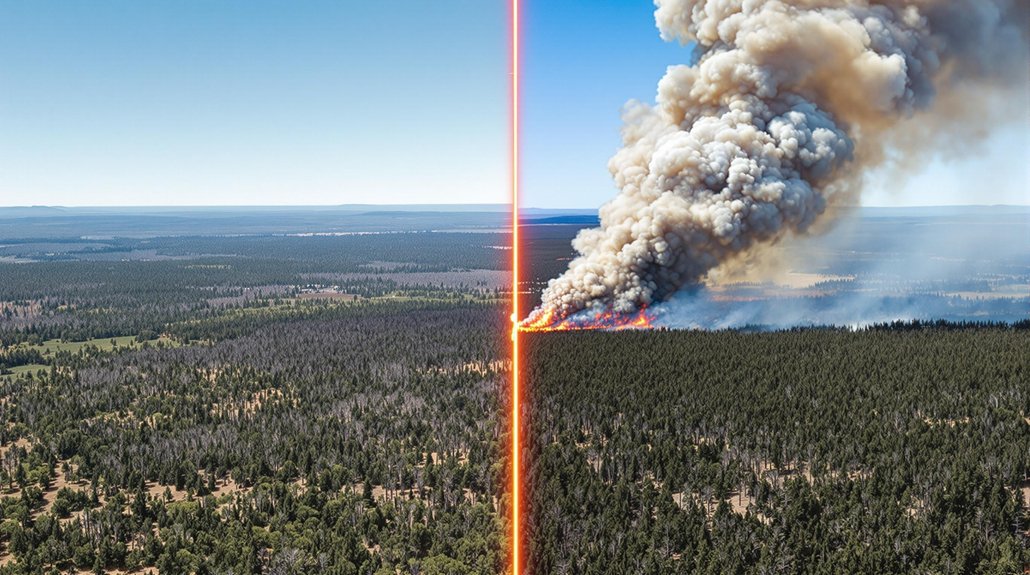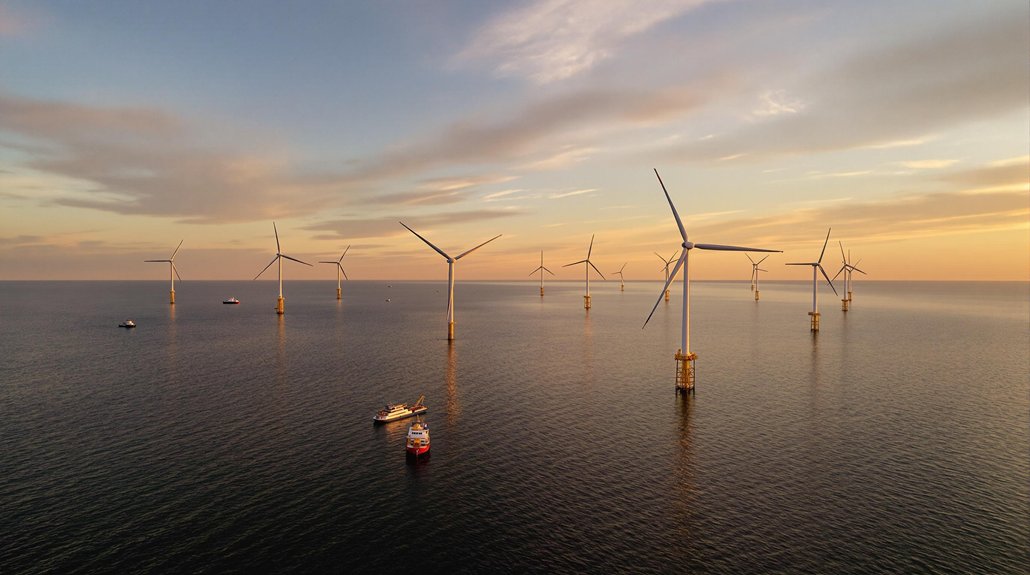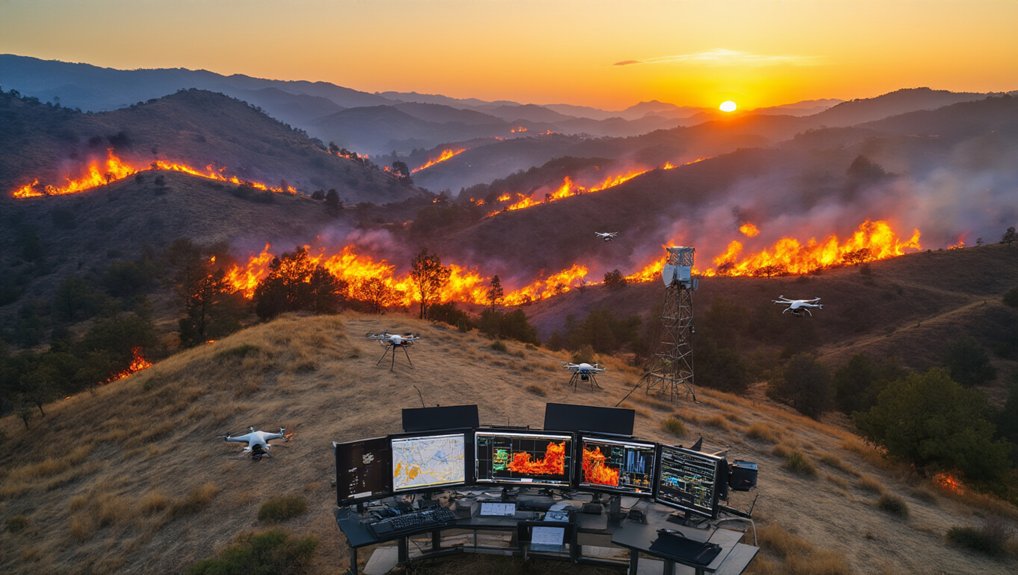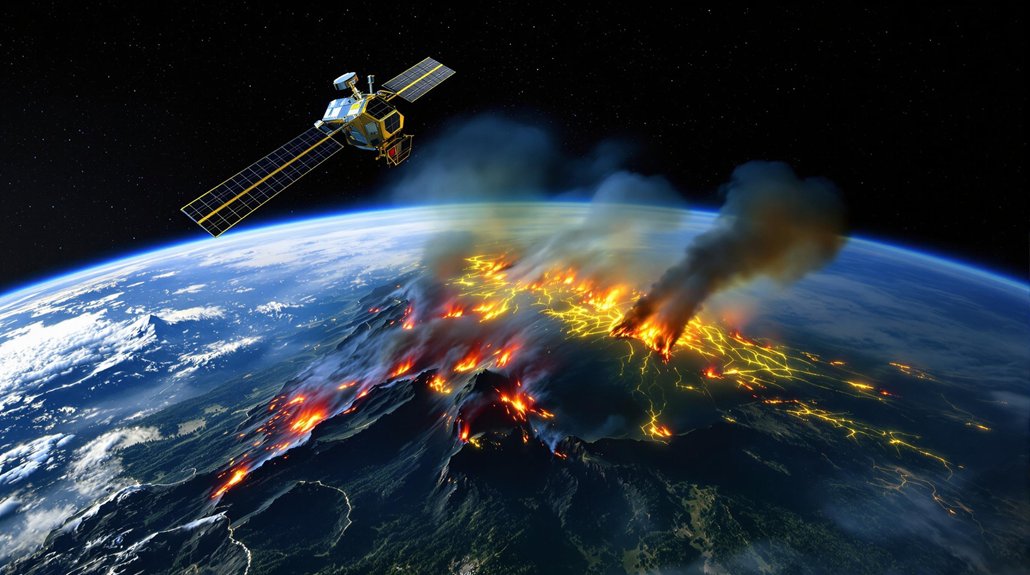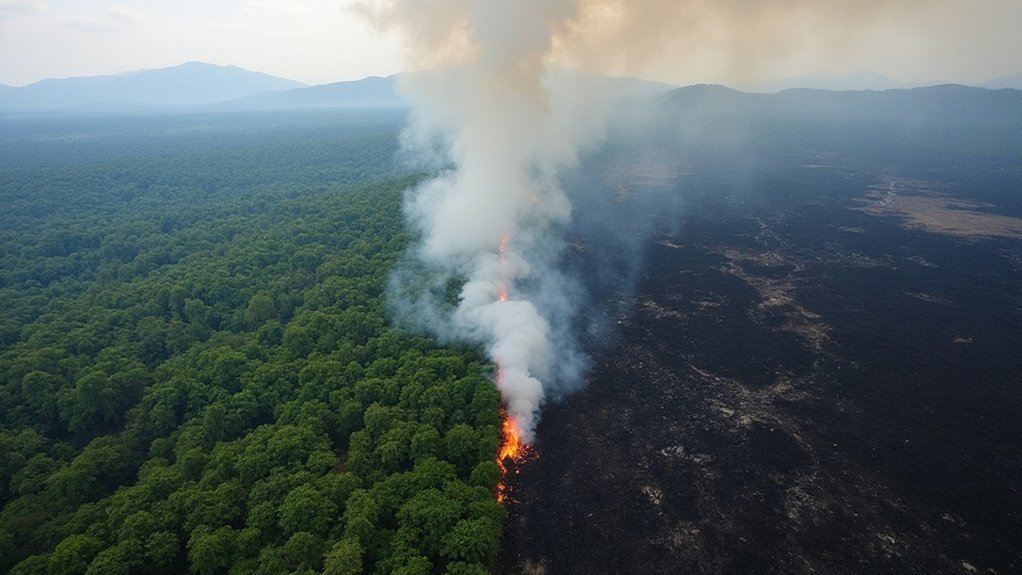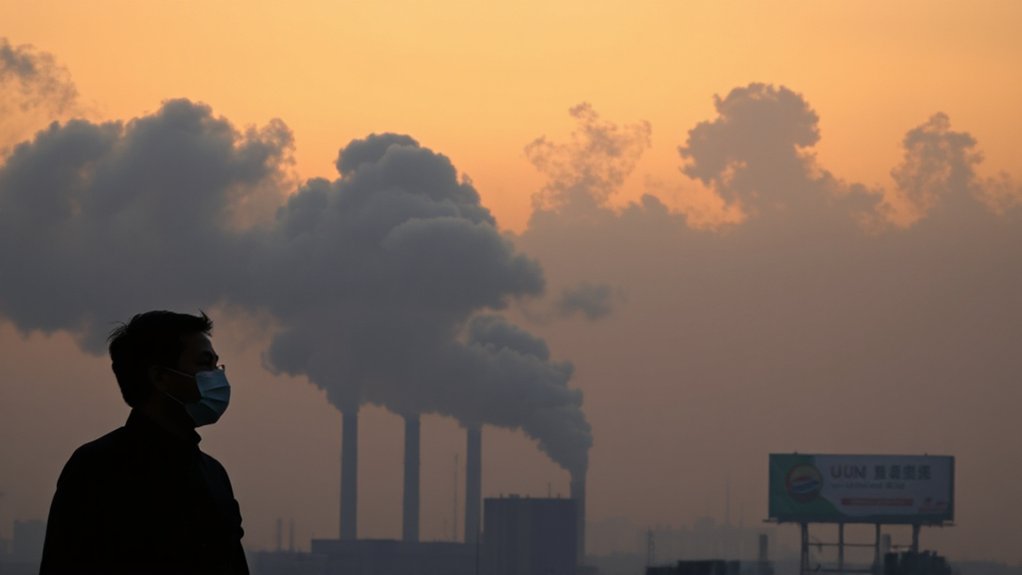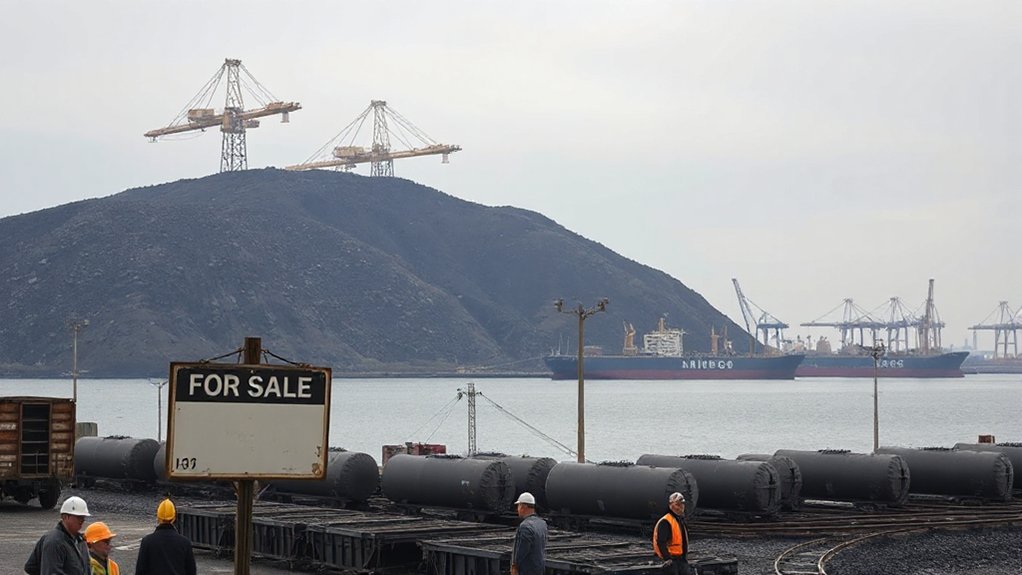While firefighters battle blazes with increasing technological prowess, their very success may be fueling tomorrow’s catastrophes. Decades of aggressive fire suppression have eliminated the natural cycle of low-intensity burns that once kept forests in check. The result? Massive fuel buildups waiting for a spark. It’s a classic case of good intentions gone terribly wrong.
This suppression bias has created a paradox that would be funny if it weren’t so dangerous. By stopping small fires, we’re guaranteeing bigger ones later. Nice job, humans. These accumulated fuels act like gasoline during ignition events, especially under extreme weather conditions. When fires do break out, they explode across terrains with frightening speed and intensity.
Our fire suppression obsession creates tomorrow’s catastrophes. Small fires prevented today become unstoppable infernos tomorrow.
The evidence is overwhelming. Today’s megafires—abnormally large, destructive blazes that overwhelm response capabilities—represent a growing share of burned acreage worldwide. The 2020 August Complex in California demonstrates the point perfectly. Models suggest it could have grown another 50% under slightly different conditions. Terrifying thought.
Climate change isn’t helping matters. High temperatures, low humidity, and wind create perfect fire conditions, while drought turns vegetation into kindling. The development of the burn_viz web application helps visualize how these wildfire occurrence patterns intersect with human populations, making the risk assessment more tangible for policymakers. But here’s the twist: our suppression practices have fundamentally time-traveled fire regimes forward by a century. What we’re experiencing now would naturally occur 100 years from now. We’ve fast-forwarded to the bad part.
These catastrophic fires devastate ecosystems. Meta-analyses show significant declines in biodiversity afterward, with some ecosystems shifting to entirely different states. Recovery? Don’t hold your breath.
The solution isn’t simple, but it starts with acknowledging our mistake. Fuel management through thinning and prescribed burning helps, but we’re playing catch-up after generations of mismanagement. The fire suppression paradox makes today’s fires considerably harder to control than they would have been with more natural fire regimes. The fire debt we’ve accumulated comes due eventually. Always does.
Mother Nature had a system. We messed with it. Now we’re paying the price in flames that reach the stratosphere and devastate communities. Turns out fighting every fire wasn’t such a bright idea after all.
References
- https://www.nature.com/articles/s41467-024-46702-0
- https://pmc.ncbi.nlm.nih.gov/articles/PMC11602714/
- https://evans.uw.edu/faculty-research/research-centers-and-projects/managing-future-risk-of-increasing-simultaneous-megafires/
- https://ntrs.nasa.gov/api/citations/20220004269/downloads/fire-05-00016.pdf
- https://worldforestry.org/the-facts-about-wildfire/
